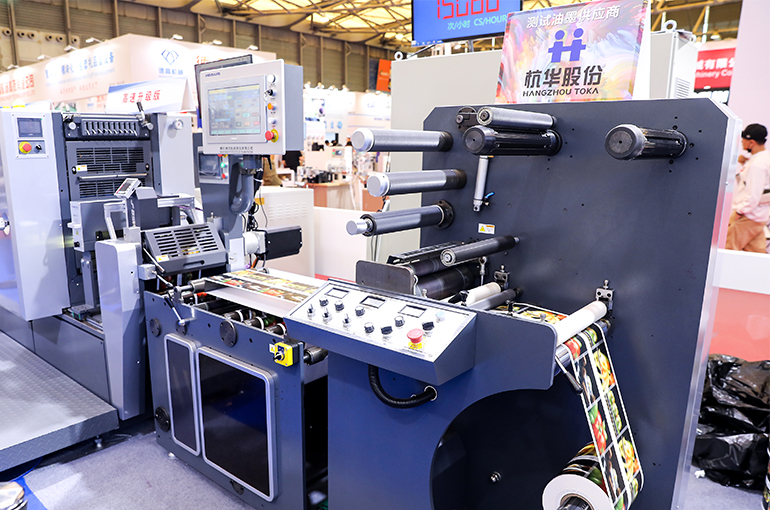 Hangzhou Toka Drops on Plan to Buy Japanese Shareholder's Chinese Photoresist Material Unit
Hangzhou Toka Drops on Plan to Buy Japanese Shareholder's Chinese Photoresist Material Unit(Yicai) Feb. 21 -- Shares of Hangzhou Toka dropped after the Chinese printing ink and materials supplier said it plans to buy a controlling stake in the photoresist material subsidiary of its second-largest shareholder.
Hangzhou Toka [SHA: 688571] was trading down 3.3 percent at CNY7.96 (USD1.10) as of 1.55 p.m. in Shanghai today, after earlier plunging as much as 8.1 percent. The stock surged around 20 percent in the past month as of yesterday, when it hit an over four-year high.
Hangzhou Toka will buy a 60 percent stake in Zhejiang Dicke East China Fine Chemicals from Japanese ultraviolet ink manufacturer T&K Toka for CNY18 million (USD2.5 million), the Hangzhou-based company announced yesterday. T&K TOKA owns nearly 30 percent of Hangzhou Toka.
The move will help Hangzhou Toka expand its existing printing ink business to the field of electronic chemical materials, enhance the technological content and added value of its products, and fill the gap in the domestic supply of these products, the firm pointed out.
As part of the deal, T&K Toka has agreed to waive half of Dicke's debt, equal to USD11.4 million, and grand Dicke complete ownership and perpetual use rights for its production technology in China, Hangzhou Toka noted.
Meanwhile, Hangzhou Toka pledged to provide Dicke a total of CNY120 million (US16.5 million) in shareholder loans within three years after the transaction is completed. The loans will be used first to repay the other half of the debt owed to T&K Toka, with the remaining expected to supplement operating capital.
Dicke has a factory under trial production, with an annual output capacity of 1,070 tons of industrial nano pigment dispersions and 200 tons of inkjet colorants. The plant has already demonstrated the ability to produce these materials in batches based on customer requirements, Hangzhou Toka pointed out.
Nano pigment dispersions are key raw materials for producing colored photoresists, which are essential to making color displays. The rapid growth of display device applications, combined with their low production capacity in China, provides significant market growth potential for nano pigment dispersion products.
Editor: Futura Costaglione